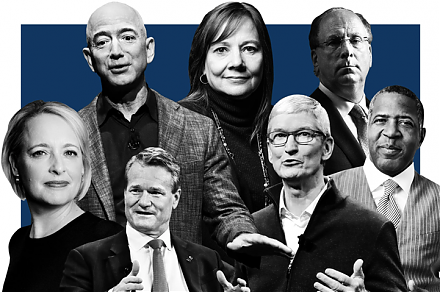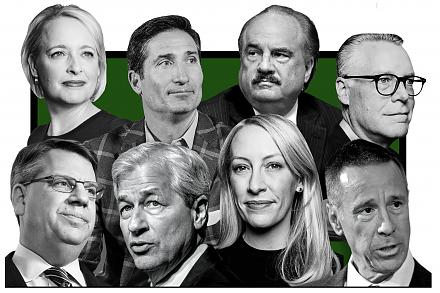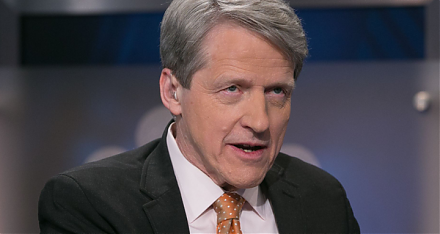

2017-03-09 05:32:00 Thu ET
stock market gold oil stock return s&p 500 asset market stabilization asset price fluctuations stocks bonds currencies commodities funds term spreads credit spreads fair value spreads asset investments

From 1927 to 2017, the U.S. stock market has delivered a hefty average return of about 11% per annum. The U.S. average stock market return is high in stark contrast to the average returns on bonds, currencies, mutual funds, exchange funds, warrants, and commodities such as gold, silver, oil, and wheat.
Behavioral economists such as Nobel Laureate Richard Thaler have coined this macrofinancial anomaly *the equity premium puzzle*.
This equity premium puzzle suggests that the U.S. double-digit performance is too high to reasonably reflect the typical investor's relative risk aversion in light of low consumption growth.
While many scholars strive to resolve this equity premium puzzle with complex math models, some recent evidence suggests that the American stock market experience proves to be the exception that defies the rule of thumb.
In other words, the American stock market stands out of the international crowd in terms of long-term average aggregate performance.
Positive U.S. investor sentiment highlights the long-term outperformance of the U.S. stock market relative to many other asset classes.
U.S. stocks remain the primary investment vehicle for most global institutional investors and North American retail investors.
Information technology usage, diffusion, and proliferation have spurred the U.S. spectacular stock market vibrancy over the past few decades.
If any of our AYA Analytica financial health memos (FHM), blog posts, ebooks, newsletters, and notifications etc, or any other form of online content curation, involves potential copyright concerns, please feel free to contact us at service@ayafintech.network so that we can remove relevant content in response to any such request within a reasonable time frame.
2025-07-12 11:35:00 Saturday ET

Mitch Anthony explains why it is now more important for top sales leaders to apply social skills and emotional competences to fulfill customer needs, wants,
2018-03-13 07:34:00 Tuesday ET

From crony capitalism to state capitalism, what economic policy lessons can we learn from President Putin's current reign in Russia? In the 15 years of
2018-05-29 11:40:00 Tuesday ET

America and China, the modern world's most powerful nations may stumble into a **Thucydides trap** that Harvard professor and political scientist Graham
2023-11-30 08:29:00 Thursday ET

In addition to the OECD bank-credit-card model and Chinese online payment platforms, the open-payments gateways of UPI in India and Pix in Brazil have adapt
2022-02-22 09:30:00 Tuesday ET

The global asset management industry is central to modern capitalism. Mutual funds, pension funds, sovereign wealth funds, endowment trusts, and asset ma
2018-09-17 12:40:00 Monday ET

Nobel Laureate Robert Shiller's long-term stock market indicator points to a recent peak. His cyclically-adjusted P/E ratio (or CAPE) accounts for long-